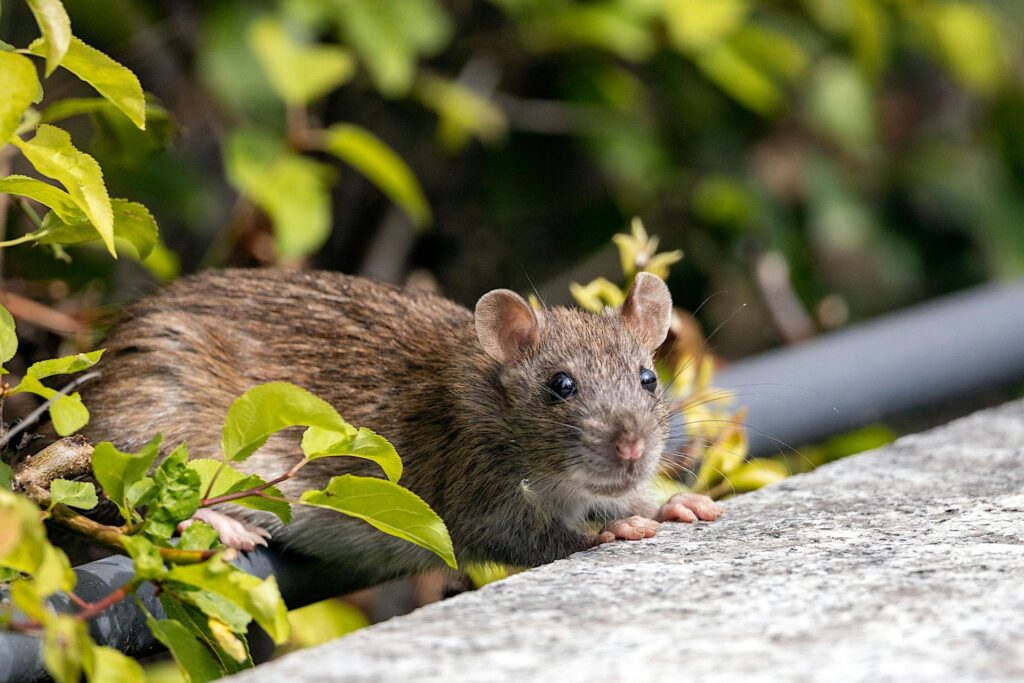Rodents invading your home can be alarming, but identifying whether they are house mice or field mice makes all the difference. While both types can be unwelcome guests, each has unique characteristics, behaviors, and habitat preferences that impact how you manage them.
Understanding the key differences between house mice vs. field mice will help you choose the right pest control strategy. Here’s what you need to know about these two types of mice to keep your home protected and your mind at ease.
Physical Differences: How to Identify House Mice and Field Mice
One of the first steps in identifying house mice and field mice is recognizing their physical traits. While they may seem similar at first glance, several key differences can help you distinguish between them.
House Mice (Mus musculus)
- Size: House mice are typically small, around 2.5 to 4 inches long, not including the tail.
- Color: They have a uniform light brown or gray color, with lighter bellies.
- Ears: House mice have relatively large ears compared to their body size.
- Tail: Their tail is about the same length as their body and is thin, without much fur.
Field Mice (Peromyscus spp.)
- Size: Field mice, also known as deer mice, are slightly larger, ranging from 3 to 4 inches long.
- Color: They have two-toned coloring with a reddish-brown or grayish back and a white underbelly.
- Ears: Field mice have smaller, more rounded ears compared to house mice.
- Tail: Their tail is distinctly bi-colored, with a darker top and lighter bottom, and it is often furrier.
Habitat Preferences: Where Do They Live?
Understanding where these mice prefer to live can help you identify which one you are dealing with. Their habitat preferences are a significant factor in their behavior and how likely they are to invade your home.
House Mice
- Indoor preference: As their name suggests, house mice are highly adaptable and prefer to live indoors, especially in human dwellings. They are commonly found in urban and suburban areas.
- Nesting areas: They build nests in secluded indoor spaces such as wall voids, attics, basements, and even inside furniture.
- Food sources: House mice are opportunistic feeders, meaning they will eat almost anything available, from crumbs to stored food.
Field Mice
- Outdoor preference: Field mice prefer outdoor habitats like fields, forests, and grasslands. However, they can occasionally enter homes, especially during colder months.
- Nesting areas: They tend to build nests in burrows, tree hollows, or other outdoor structures. If they do come indoors, they typically stay near entry points like garages or basements.
- Food sources: Field mice primarily feed on seeds, nuts, fruits, and insects. They are more likely to gather food outdoors but may forage in your home if they find access.
Behavior Differences: What to Expect
The behaviors of house mice and field mice differ significantly, impacting how you might encounter them in your home.
House Mice
- Activity: House mice are nocturnal and most active at night. They are curious and will explore their surroundings, often leading to frequent sightings if an infestation is present.
- Reproduction: House mice breed rapidly, with females capable of producing up to 10 litters per year, each containing 5-8 young. This fast reproduction rate can lead to a quick increase in population if not controlled.
- Interaction with humans: House mice are more accustomed to human activity and are less likely to be startled by it. They are more prone to invade kitchens and living spaces.
Field Mice
- Activity: Field mice are also nocturnal but are generally more timid than house mice. They are less likely to be seen and are more cautious in their movements.
- Reproduction: Field mice have a slower reproduction rate compared to house mice, with fewer litters per year.
- Interaction with humans: Field mice are less likely to interact directly with humans and tend to avoid areas with high human activity. They are more likely to invade homes during fall and winter, seeking shelter from the cold.
Keep Mice Out with Aptive’s Pest Control Expertise
Once you’ve identified the type of mouse, it’s time to act. The control methods for house mice and field mice are similar but may require slight adjustments based on their habits.
If you’re unsure whether you have house mice or field mice in your home, contact us today for a professional inspection and personalized pest control plan. Let us help you protect your home with the right pest control solutions for your situation.








